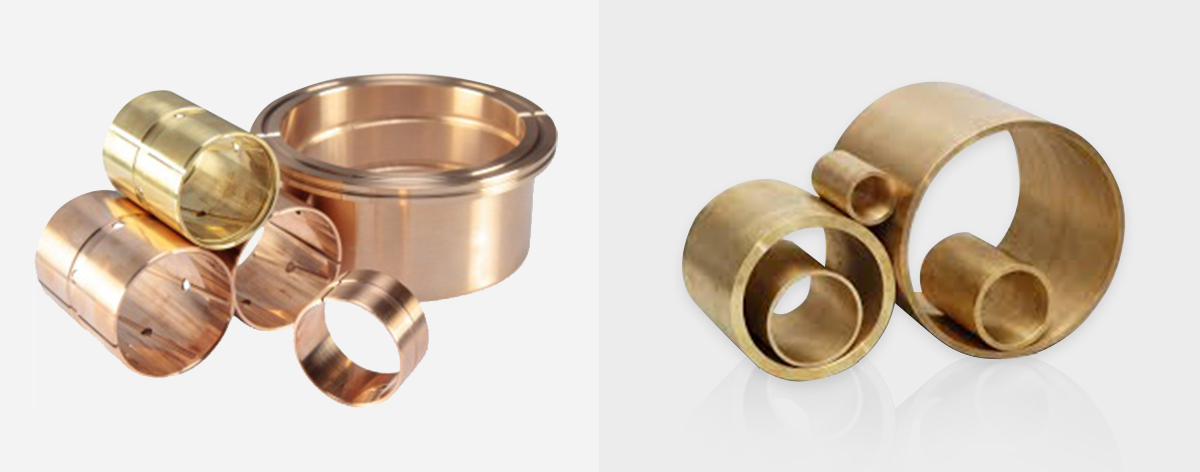Bronze CASTING - BC
Bronze casting is excellent in terms of corrosion resistance, hydraulic resistance, seawater resistance and wear resistance, and thus is used for general machine components, ships, electricity and machine structural use.
Although bronze has been used since 3000 B.C., processing it to make products was generalized far later. The <Ilias> written by Homer describes how Hephaestus, the Greek god of fire, puts copper, tin, silver, gold, etc. into a furnace to make a shield for Achilles. 67~95% of artifacts from the Bronze Age were comprised of copper, and the proportion of copper and tin varied. In the Middle Ages they were used in a certain proportion to enhance efficacy. Alloys described in a Greek manuscript from the 11th century which is kept in a library in Venice reveals that copper and tin were mixed at the proportion of 8:1, which is very similar to the proportion used in bronze gun metal.
Bronze is not only harder but also easier to melt than copper, thus is easy to cast. It is harder than pure iron, and so is suitable for gun barrels or bearings for machines using the property of alloys. In history, iron was often used for tools and weapons instead of bronze not because of iron’s inherent merit, but because iron was more abundant than copper and tin. Bell metal which chimes when struck contains tin at a high proportion of 25~44%. Statuary bronze contains about 10% of tin and sometimes tin and lead is added. Tin increases hardness, thus only a little amount of it is contained in metals for bearings. Although phosphor bronze, where a little amount of phosphorus is added to bronze to improve quality and strength, contains phosphorus at the small proportion of only 1~2%, it increases strength of equipment like plunger pumps. Manganese bronze which is excellent in mechanical properties contains a little amount of tin but quite a large amount of zinc and manganese. Bronze is used not only for weapons and tools, but also for coinage. ‘Coin’ money is made of bronze which contains tin (about 4%) and zinc (1%).
Since bronze is available for low-temperature processing, it has been used since long ago, and its general use in alloys was so appealing that it offered a firm basis for the growth of metallurgy.


